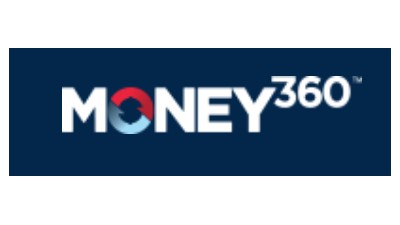3 Types Of Alternative Lenders You Need To Know About

The continued heavy regulation of traditional lenders like banks, credit unions, life insurance companies and CMBS have pushed more commercial borrowers toward the alternative financing landscape.
“Traditional lenders are operating in a much more regulated environment than they were a few years ago,” Money360 President Gary Bechtel said. “That’s changed the dynamic and opened up the opportunity for nonbank lenders.”
But with multiple options to choose from, understanding the pros and cons of each method can help borrowers find the best source for filling the gaps in their capital stacks.
1. Crowdfunding Platforms
Crowdfunding has gained a reputation as an avenue for funding creative and consumer-focused projects, but commercial real estate professionals have turned to similar platforms as an alternative financing source. Real estate crowdfunding hit $2.5B in 2015 and shows no sign of slowing down.
Platforms like RealtyShares and Fundrise offer several loan options and flexible payment terms, and cater to different asset classes. The latter prioritizes small-deal properties valued under $50M, and the former charges no fees for the first two years, or until an investment earns a 15% annualized return.
Borrowers looking for funding have access to a broader range of investors and more relaxed regulations. Despite the ease of use, successful financing depends on the breadth of the user base.
“I like to refer to them as 'best efforts platforms,'” Bechtel said. “They take a request from a sponsor and put it out to the crowd to satisfy a request. They don’t necessarily have the ability to fund that request on their own.”
2. Nondirect Marketplace Lenders
Nondirect marketplace lending uses technology to connect lenders directly with borrowers, bypassing traditional banks, reducing barriers to transaction, and offering strong savings for borrowers and good returns for lenders. Popular for auto and student loans, financial institutions have increasingly stepped into the commercial lending role on these platforms, creating a marketplace in which loans are packaged and sent out to individuals, hedge funds, wealth advisers and banks.
Unlike banks, which take in deposits and lend to consumers and businesses, MPLs do not take deposits or lend themselves. They therefore take no risk onto their balance sheets. MPLs generate income from fees and commissions received from borrowers, lenders and investors.
MPLs offer transparency and control to lenders, and use credit-scoring approaches similar to banks and publicize these credit risk scores. Creditworthiness plays into the risk factor. The credit of the borrower will weaken and strengthen according to economic trends. Loans also tend to be illiquid and sourcing funds remains a concern.
3. Direct Lenders
Direct lenders have access to their own capital, which they can lend out to borrowers without intermediaries like investment banks, brokers or private equity firms. Offering similar loan terms to institutions but without strict government regulations, this source of alternative financing offers faster and more efficient financing.
Money360 is a direct lender with discretionary capital that ensures certainty of execution and timely closings. The lender offers loans between $1M and $20M on both bridge and permanent loans, with competitive terms and features similar to traditional lenders. Bridge loans are interest-only, and like banks, permanent loans use 25- to 30-year amortization schedules.
The platform leverages technology to offer better consistency of reporting standards, loan origination data and portfolio performance, which leads to improved decision-making by the company and its investors.
“The trend now is for more of the nonbank lenders to have direct lending capabilities,” Bechtel said. “So balance sheets, propriety and discretionary funds and access to direct capital are critical to being a reliable funding source.”
To learn more about this Bisnow content partner, click here.

